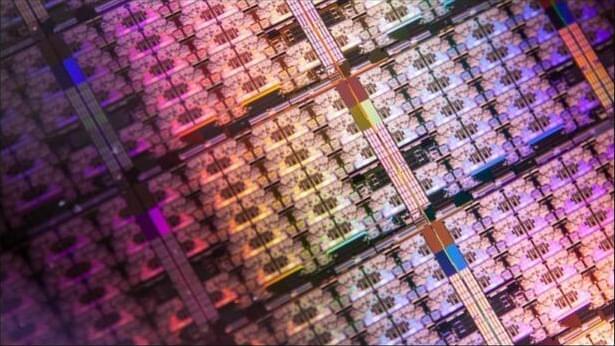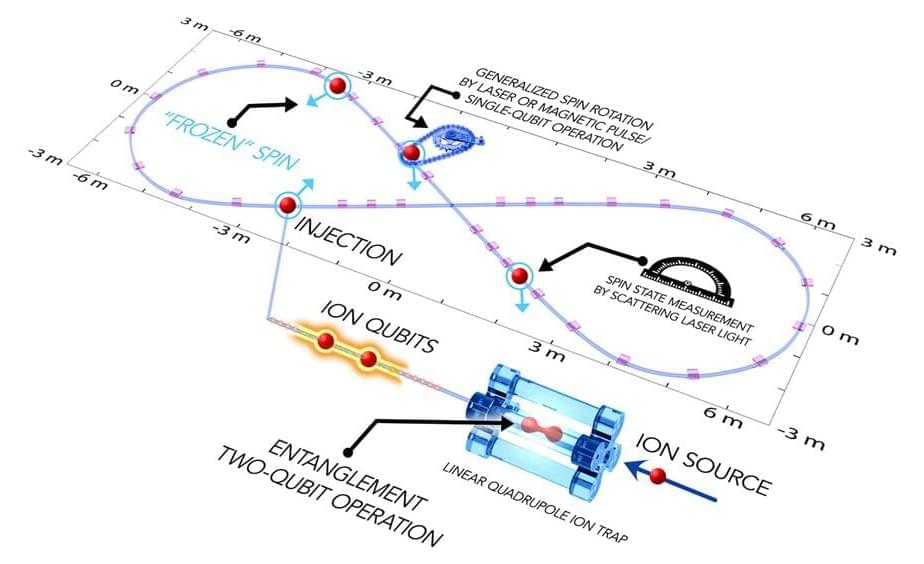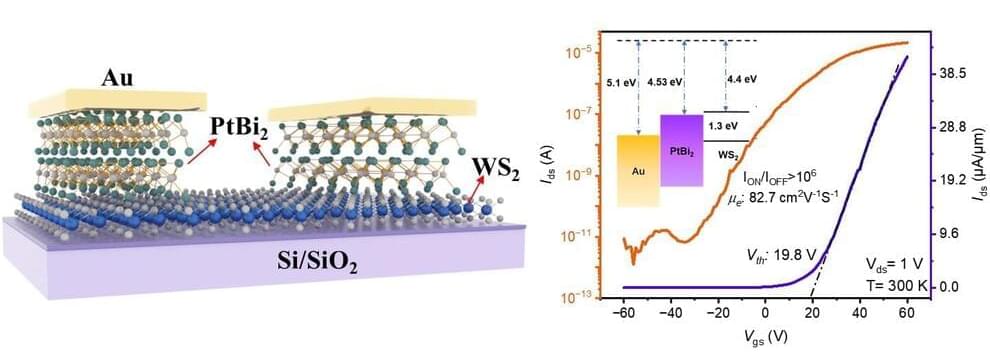May 16, 2024
Meta Just Made It Easier for Small Developers to Get Apps Into the Main Quest Store
Posted by Shailesh Prasad in category: computing
Quest users searching the Store will now be able to more easily find games published through its early access distribution channel, App Lab, which previously weren’t visible, effectively giving smaller studios a more level playing field.
Meta is making its operating system and app store available on third-party VR headsets sometime soon, and one of the bigger changes coming to the platform is the blurring of the barrier between the Main Store and App Lab.
Besides offering a way for studios to publish their titles in early access, App Lab also lets any developer who meets basic technical and content requirements ship software on the platform, effectively making it open to studios of any size.
















